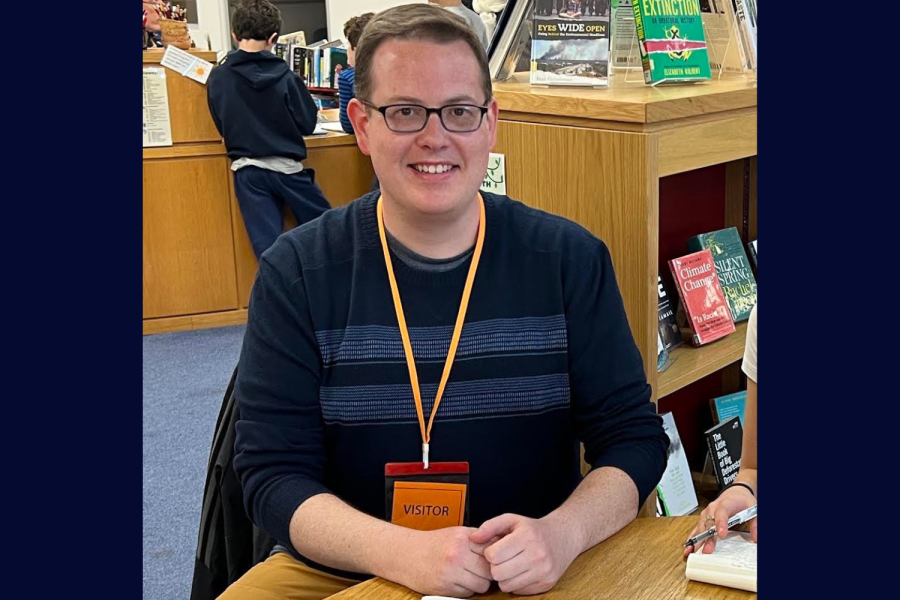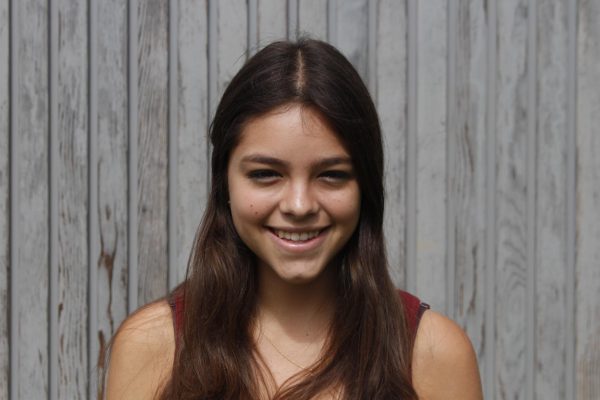The day of Jan. 6, 2021, Peter Stevenson, a senior political producer for The Washington Post and alumnus, was a mile away from the Capitol in Washington, D.C. As Trump supporters began to invade the Capitol, Stevenson said he was “watching all of the feeds come in about a mile away in increasing horror.”
“This was the city we lived in essentially coming under attack,” Stevenson said. “But that’s not the story. The story is, you know, what happened at the Capitol that day and the effect that it had on our democracy in a wider way.”
He said it was that moment on Jan. 6 that made him realize his role as a journalist is not to strive to tell both sides of a story, but to present the facts to readers.
“There are a lot of stories where there just aren’t two sides to the story,” Stevenson said. “There are the facts, and that’s it, and I think the key is to push away all of the noise, push away the opinion, push away what you’re hearing on Twitter, and just tell the story that you see in front of you.”
There are a lot of stories where there just aren’t two sides to the story.
— Peter Stevenson
Stevenson attended the school until third grade when his father moved his family to Washington D.C. to work as a journalist reporting on the Federal Reserve. He said growing up in the politically charged atmosphere of the country’s capital first inspired his interest in reporting.
“It was just a place where politics kind of permeates everything, and when you live there, you learn about it a little more over the years,” Stevenson said.
He studied at Indiana University where he began his journey as a writer for a newspaper that published five days a week, allowing him to discover his passion for photojournalism.
“I picked up a camera and I started shooting photos and I loved it,” he said. “That kind of visual creativity was something that I connected to on a different level.”
During the 2008 election, Stevenson interned for The New York Times, during which he attended a Democratic political convention where he witnessed Barack Obama become the first Black American to be nominated for a major political party. He said his early experiences working with other journalists and proximity to political coverage convinced him to pursue journalism as a career.
“How cool is it to be witnessing history as it happens, and to have my job be to tell that news to the world and to decide, like, here’s what people need to know about what’s happening here?” Stevenson said. “ I loved it from the first minute.”
Stevenson began working at The Washington Post in 2015 and became the paper’s senior political editor in 2017. He said he credits his opportunity to work at the paper with the sweeping changes in the media and rising popularity of videojournalism, particularly regarding coverage of politicians.
“You can see their expression, you can hear their tone, you can hear the way they say each word and what they focus on and what they enunciate,” Stevenson said. “Hearing the conviction that they say it with makes a big difference.”
How cool is it to be witnessing history as it happens, and to have my job be to tell that news to the world?
— Peter Stevenson
Since starting at the Post eight years ago, Stevenson said media coverage has truly flipped on its head. Videography is now often filmed vertically for audiences to watch on their cell phones, rather than with horizontal film cameras that dominated journalistic reporting up until recent years.
Similarly to playbacks in sports, Stevenson said the power of videojournalism lies in the subtleties that are not always captured with words on the page.
“You want to see the moment from the debate where somebody had a really good answer that stumped the other candidate,” Stevenson said. “Or, you want to see, you know, the moment in a speech that was the line that inspired people to get up and take action.”
Stevenson said the simplicity of an image that “tells the story in itself” is what makes photography powerful.
Additionally, he was part of a reporting team that won the explanatory journalism Pulitzer Prize in 2020 for “2C: Beyond the limit,” a series documenting climate change hot spots around the world. He said one of the most significant moments of captured footage were videos of melting permafrost in Siberia, Russia that had remained frozen for thousands of years.
“In the first frame, you can see what the story is here,” he said. “It didn’t need a script, it didn’t need me doing voiceover in it, it didn’t need a reporter interview, it was just that moment, and that told the whole thing.”
Everyday when he walks into the paper’s headquarters in Washington D.C., Stevenson said his goal is to bring new readers to the publication that will cut through polarized news that does not rely on fact.
“One of the things as a journalist that I’m trying to do every day is figure out how to find audiences that wouldn’t normally come to the Post,” Stevenson said. “And give them the news in a way that doesn’t play to those biases, and just says, ‘Here’s what you need to read.’”







